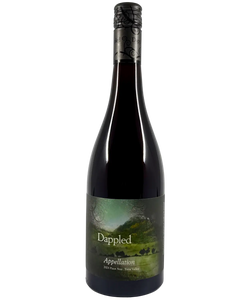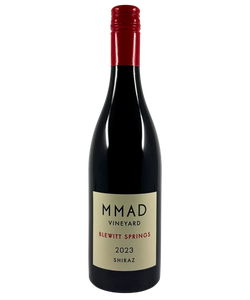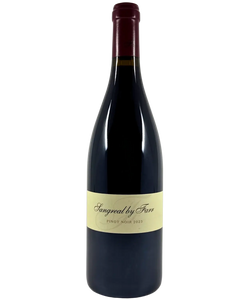Few pairings in the food and wine world are as iconic as a great steak with a bold glass of red. It’s a classic — but why does it work so well? The secret lies in tannins, protein, and the way they interact on your palate.
Let’s break it down.
What are tannins?
Tannins are natural compounds found in grape skins, seeds, and stems (and also introduced through oak barrels). They’re responsible for the grippy, sometimes drying sensation you feel in your mouth after a sip of red wine.
Imagine brewing a strong cup of black tea and holding it in your mouth for a moment — that drying, puckering sensation is tannin at work.
The role of tannins in wine is twofold:
- They provide structure and help wines age gracefully.
- They interact with proteins in your mouth and food, creating balance in each sip.
Tannins and saliva
When you drink a young, tannic wine like Cabernet Sauvignon or Shiraz, the tannins bind to proteins in your saliva. This reduces lubrication in your mouth and creates that dry, grippy feel. It’s not unpleasant, but it can feel a bit intense if the tannins are high and there’s nothing to soften them.
That’s where food comes in.
Why steak is the perfect partner
Steak is rich in protein and fat — and that’s exactly what tannins love. When you take a bite of steak, the proteins from the meat bind to the tannins in the wine, softening their impact. The fat in the steak also acts as a cushion, smoothing out the perception of astringency.
The result?
- The wine feels softer and more approachable.
- The meat tastes juicier, with flavours lifted by the wine’s acidity and fruit.
It’s a symbiotic relationship: the wine makes the steak taste better, and the steak makes the wine taste smoother.
Why not white wine?
White wines (with a few exceptions) don’t have tannins, so they lack that structural “grip” to cut through the richness of a steak. That’s why pairing a buttery Chardonnay with a fatty ribeye usually feels heavy, while a Cabernet makes it sing.
Best red wines to pair with steak
The right red depends on the cut of steak and how it’s cooked:
- Cabernet Sauvignon / Bordeaux blends – Perfect for ribeye or porterhouse. The tannins stand up to marbling and richness.
- Syrah / Shiraz – Bold spice and dark fruit complement charred or peppered steaks.
- Malbec – Argentina’s signature grape, tailor-made for steak, especially sirloin or flank.
- Pinot Noir – Lighter but with fine tannins, great with leaner cuts like filet mignon.
A note on decanting
Tannins don’t just soften with food — they also mellow with oxygen. That’s why decanting a young red wine before serving it with steak can make all the difference. Just 30 minutes to several hours in a decanter helps open up aromas and smooth out texture.
If you’re planning to enjoy a younger bottle, a double decant (decanting into a vessel, then pouring back into the bottle for service) or shock decanting (pour the wine forcefully into a decanter – basically turn the bottle upside down and let gravity do the work) can provide oxygen while keeping the presentation intact.
Read the guide on decanting red, whites and champagne here.
Final sip
Steak and red wine aren’t just tradition — they’re science. Tannins, proteins, and fats interact in a way that balances textures and elevates flavour.
So next time you fire up the grill or sit down at a steakhouse, don’t overthink it: grab a bold red with good tannin structure. It’s not just pairing — it’s chemistry in action.











